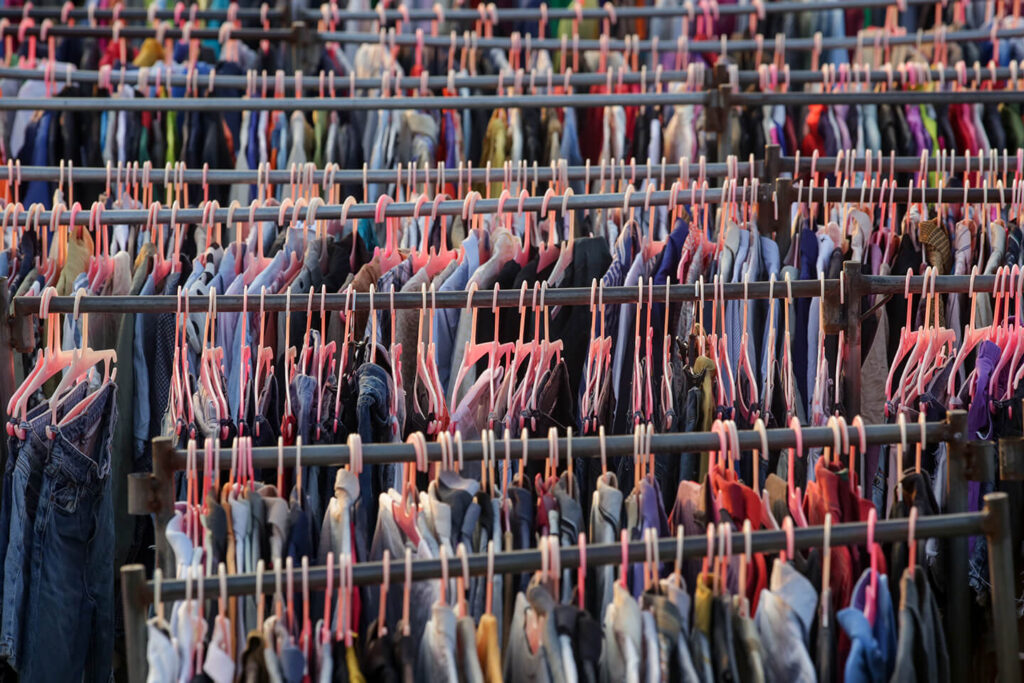Could a New EU Strategy Spell the Beginning of the End for Fast Fashion?
2023.09.03
Stina Behren’s Sustainability Insights: What does your clothing consumption look like? Much of what we consume today is not considered functional consumption (what we actually need), but belongs in the category of overconsumption. Every year, around 100 billion new garments are produced in the world, with studies showing that about half are thrown away within a year. In Sweden, only 10 percent of the clothes donated can be resold and much of it is transported outside the borders. Linked to this, the Swedish newspaper Aftonbladet has reported on clothing dumping in West Africa which is leading to an environmental disaster in Benin.

Stina Behrens is a Behavioral Scientist and a Project Manager in the program area Sustainable Production & Consumption at Axfoundation.
In recent years, our increased fashion purchases have contributed to an environmental crisis, with the sector accounting for as much as 4% of the world’s total carbon dioxide emissions. Globally, there is already enough clothing to ensure that the next six generations do not go without. In fact, not a single new garment would actually need to be produced between now and 150 years from now.

Globally, there is already enough clothing to ensure that the next six generations do not go without.
To curb this trend, on June 1, 2023, the European Parliament adopted the new textile strategy, which imposes stricter requirements on the textile industry to become socially and environmentally sustainable. Among other things, producers are now responsible for ensuring that textiles can be repaired, reused or recycled. Perhaps the new strategy will mean the beginning of the end for fast fashion as a business model?
So, what can individuals do here and now to reduce new consumption? We can of course buy second-hand or from brands with sustainable production methods. But above all, we can change, repair and care for the clothes already in our wardrobe.
/Stina Behrens
Behavioral Scientist and Project Manager, Sustainable Production & Consumption







































